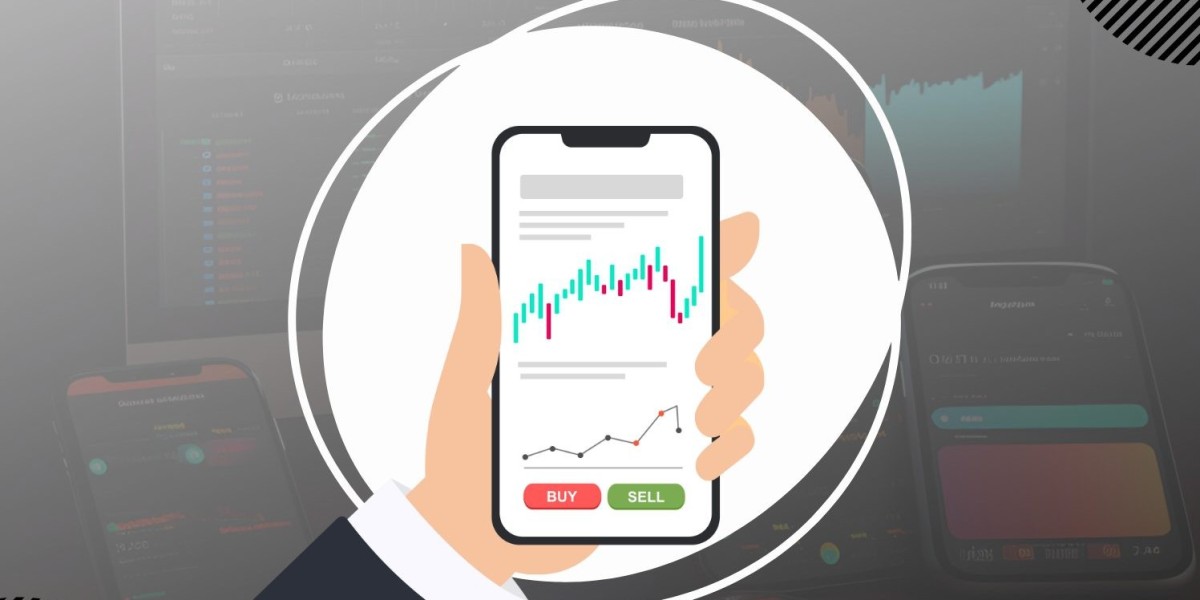Getting started with stock trading can feel like stepping into a whole new world—one filled with charts, numbers, and financial jargon. For beginners, this can be intimidating. The good news is, there are safe ways to learn how to trade without risking any real money. By practicing smart, using the right tools, and gaining a solid understanding of how the market works, beginners can build confidence before jumping into actual trades.
One of the best approaches to start your stock trading journey is by practicing in a simulated environment. Just like pilots train on flight simulators before flying a real plane, new traders can use stock market simulators to sharpen their skills in a risk-free setting.
In this blog post, we’ll break down the safest ways to practice stock trading, what tools to use, and how to make the most of your learning experience as a beginner.
Why Beginners Should Practice Before Trading with Real Money
Before committing actual money to the market, beginners need to understand two crucial things: how the market behaves and how their own emotions react to it. Real trading involves both strategy and psychology. When prices rise and fall quickly, many beginners panic or get greedy—leading to losses.
Practicing beforehand helps in:
Learning how the market functions
Testing strategies without fear of loss
Understanding trading tools and charts
Gaining emotional control
Building confidence
This is where paper trading becomes incredibly valuable.
What Is Paper Trading?
Paper trading is a method of practicing trading without using real money. It allows you to simulate buy and sell orders, monitor the performance of your "mock" portfolio, and understand how real market conditions affect your investments—all while keeping your savings safe.
Originally, paper trading meant tracking trades on paper. Today, there are digital platforms and apps that make it more realistic and engaging, often using real-time stock market data.
Using the best paper trading app gives beginners access to advanced tools, live data, and educational resources that mirror real trading environments—without any financial risk.
Key Benefits of Paper Trading
Here’s why paper trading is one of the safest and smartest ways to begin:
1. Risk-Free Learning
You’re not using your real money, so mistakes won’t cost you financially. This encourages experimentation and learning from failure.
2. Real Market Conditions
Most good paper trading apps offer real-time stock data. This means you can test strategies under the same conditions as live traders.
3. Understand Order Types
From market orders to stop-losses and limit orders, paper trading teaches you how different order types work—knowledge that’s vital when you begin real trading.
4. Strategy Testing
Whether you're day trading, swing trading, or using technical indicators, paper trading helps you evaluate which strategies work best for your style.
5. Emotional Discipline
Practicing with simulated money allows you to study how you react to gains or losses, helping you prepare mentally for the real thing.
Best Practices for Beginners Using Paper Trading
To make the most out of your paper trading experience, here are some beginner-friendly tips:
1. Set a Realistic Budget
Start your simulated account with an amount you’re likely to use in real life. This helps you stay grounded in your decisions and prepares you for actual trading.
2. Create a Trading Plan
Decide what type of trader you want to be (e.g., short-term or long-term), which sectors you want to focus on, and how much risk you’re comfortable taking.
3. Track Your Performance
Maintain a journal or spreadsheet of your trades. Document why you entered a trade, your goals, the outcome, and what you learned.
4. Avoid Overconfidence
Success in paper trading doesn’t always translate to real profits. Real money introduces real emotions—greed, fear, and anxiety—which can impact decision-making.
5. Review and Adapt
Analyze your trades weekly or monthly. Identify patterns in wins and losses and adapt your strategy accordingly.
Transitioning from Paper Trading to Real Trading
Once you’ve practiced consistently and have a basic understanding of the market, you may feel ready to move into live trading. Here’s how to do it safely:
Start small with money you can afford to lose
Stick to your trading plan and risk management rules
Focus on learning, not just earning
Avoid margin or leverage in the beginning
Review your performance regularly
Choosing the Right App to Get Started
Not all platforms are the same. Some offer simple interfaces ideal for beginners, while others provide advanced charting and analysis tools suitable for intermediate users. It’s essential to choose a platform that aligns with your needs, supports your learning journey, and offers robust paper trading features.
Also, once you're confident enough to make real trades, you'll want to pick from the Best Trading Apps in India to ensure a smooth experience with trusted brokers.
Some of the best apps in India for beginner traders (many of which also offer paper trading or demo accounts) include:
Zerodha Kite
Upstox Pro
Groww
5paisa
Angel One
Each platform has its own strengths, from user interface to educational support and trading tools. Explore reviews, compare features, and pick one that suits your learning style.
Conclusion
Practicing before trading with real money is one of the most important steps in becoming a successful investor. The stock market is full of opportunities, but it also comes with risks—especially for those who enter unprepared.
Using a good paper trading app is the safest and most effective way for beginners to gain hands-on experience. It builds confidence, helps you understand how the market works, and sharpens your trading skills without any financial loss. With the right tools, a solid plan, and a focus on learning, you can transform from a curious beginner into a confident trader.
So before jumping into the deep end, take time to practice, explore strategies, and learn the ropes. It’s the smartest investment you can make in your trading journey.






